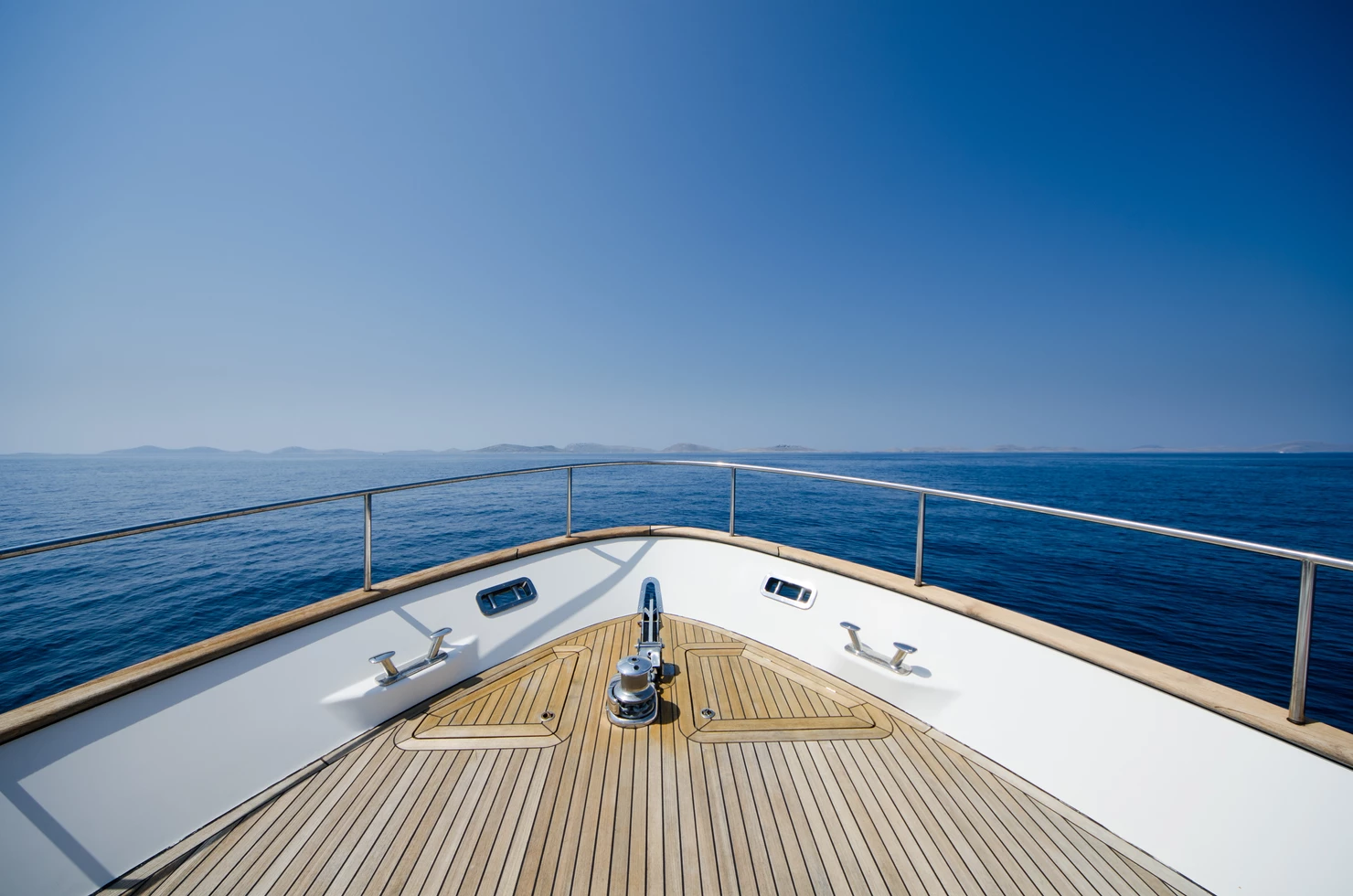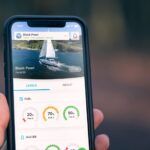In the digital age and real time, our habits of consumption and use of goods and services have evolved significantly. On the one hand, technological advances represent an adaptation challenge for the entire sector, but on the other hand, they are also working towards ever greater ease and speed. The nautical sector – and in particular fleet managers – are no exception.
From the concierge service to the management cockpit
Whether it helps to watch over the boat in port or to manage it remotely, on-board technology today allows fleet managers to carry out their activity with ever greater efficiency. With substantial gains in terms of fleet availability, but also customer satisfaction.

Respond to growing demand and move towards ever more dematerialization
Nowadays, the nautical sector is experiencing a change of model similar to that of car rental. Not only is there an increase in the number of rentals, but also the development of a sharing economy: a phenomenon that is leading to the multiplication of the number of fleets and which, as a corollary, sees the work of management increase.
At the same time, there is also a trend towards more dematerialization and fewer physical constraints: customers want to be able to rent their boats more flexibly, here and now. Rental offices with timetables, on-site team and their administrative work therefore make less and less sense at a time when you buy or rent on the spot via a simple smartphone application.
Limiting administrative costs while boosting turnover thanks to a simpler, more user-friendly and richer experience for the customer: the challenge for the fleet managers of the future.
To dematerialize these actions and processes, technology comes to the service of fleet managers. Thanks to on-board management devices, the boats report information in real time. This helps ensure better overall fleet availability: instead of solving problems reactively (in the middle of a rental), or preventively (costly), managers can now work proactively: equipment showing signs of weakness or escalating error messages will be identified before it stops working altogether.
This is a significant time saver which also gives fleet managers the opportunity to focus on the boats as well as on any really problematic situations, while greatly improving the customer experience.
Similarly, on-board systems can advise the customer, warn him intelligently (alerts at the entrance to danger or protected areas, weather alerts, etc.) allowing increased safety and better prevention of damage to boats. With the same workforce, it therefore becomes possible to manage more boats. And managing more boats also means boosting your turnover!
Be anchored in a general desire to optimize the fleet
In addition to this streamlining of processes and costs, thanks to this on-board technology:
-
precision in the location of boats, but above all in the collection and analysis of their vital parameters;
-
increased service quality and customer satisfaction: the check-in/check-out steps are virtually non-existent; any damage is quickly resolved, or even anticipated;
-
user protection: boat hirers are alerted to any problems, such as the weather, as a preventive measure. This allows them to take the appropriate measures as soon as possible, and if necessary to take shelter. Likewise, a tenant approaching a dangerous or protected area will receive a real-time warning, avoiding a possible accident;
-
empowerment of users and the guarantee of correct use of the boats: Remaining in contact with his fleet manager throughout the rental, the tenant will be more likely to use the boat as a good father, making sure to return it in good condition ;
-
reduced stress for fleet managers: fewer unpleasant surprises when the boat is returned, and better ability to plan technical interventions: less rush, more time for customer service;
-
a value-added service: the analysis of recurring boat data will allow a better understanding of the customer, and ultimately, offer a service that gains in value. For example, the data transmitted through telematics will make it possible to identify the habits of boat hirers. Why not, for example, offer win-win activities with restaurateurs where tenants usually stop? Or even offer free activities or vouchers to redeem when they land?
In other words, on-board technology does not only allow fleet manager processes to be optimized by reducing and simplifying costs throughout the value chain: it also and above all offers him the opportunity to meet the challenges related to the evolution of its business, to improve the experience of its customers, and to offer them ever more services.



